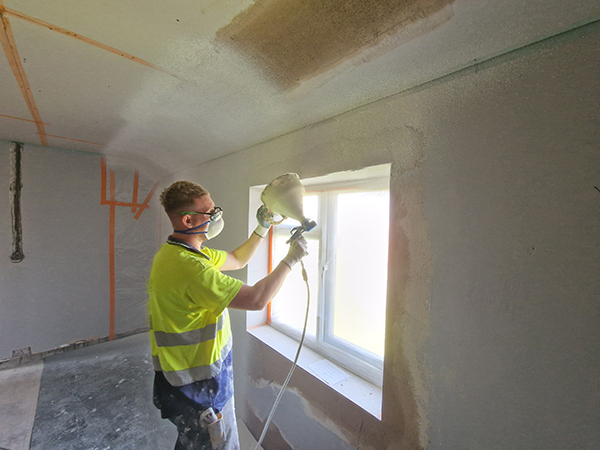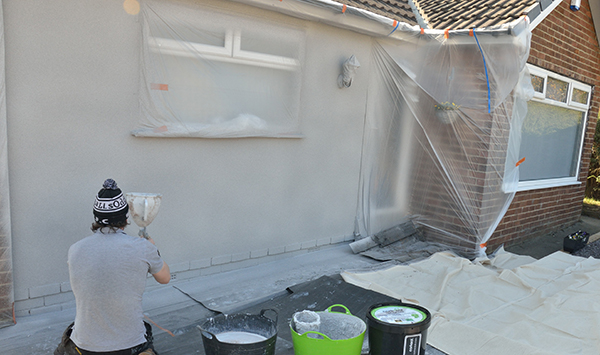The UK has some of the oldest housing in Europe, with approximately 20% of current dwellings built before 1919 – that equates to about 5.8 million homes in the UK that are over 100 years old. And, using data1 to 2017, 17% of the current housing stock has been built since 1990. That means that roughly 23.6 million homes across the country were built over 30 years ago.
A key reason for this is that many of these properties were built during the industrial revolution and are still in use today. But the challenge now faced, is how do we make them suitable for use today?
The challenge faced by many older properties is the varying range of build standards. This often has a serious impact on how energy efficient they are, with many older homes not having the required insulation, or air tightness that should be expected. For social housing providers, this causes issues around disrepair, the potential for damp and mould, and the health and wellbeing of the tenants. So, it is important for providers to improve the energy efficiency of their housing stock to ensure properties are comfortable and affordable.

Due to the environmental cost of knocking them down and rebuilding, the option of replacing the existing stock with new build isn’t feasible. But retrofit gives us the opportunity to use greener, more sustainable materials that will help to reduce household energy bills and make homes cosier and healthier whilst limiting the impact on climate change.
There is a natural and sustainable solution to many of the problems faced when retrofitting existing, older buildings. As a natural material, cork is that solution. And because of its molecular structure, there are a huge range of benefits to using cork as a building material.
It has thermal properties that help reduce heat loss - meaning carbon emitting heating systems are used less. And research has been done to back this up - when used as an internal wall coating a sprayed cork solution, such as SprayCork from CorkSol, has been proven to reduce heat loss through solid walls by 30%2, which is a significant amount of heat staying within the property.

And these thermal properties also help in the fight against condensation, damp, and mould. Mould severely impacts indoor air quality, with increases in the risk of allergic reactions, respiratory problems and immune issues. This means that finding a solution that prevents these in the first place is crucial.
As a spray applied coating which forms a continuous, airtight skin around the building, SprayCork reduces waste, which results in less of it being sent to landfill. And as it’s a flexible material, SprayCork doesn’t crack. This makes it virtually maintenance free and reduces the need for repairs.

Cork is harvested from the cork oak tree by hand, without cutting down any trees. It also then regenerates over nine years, and this regeneration process requires the absorption of CO2 at a much greater rate than when it is unharvested. This means that cork really is one of the most natural and sustainable building materials available, making it the ideal solution for retrofitting the UK’s homes.
The UK has one of the oldest housing stocks in Europe, but that doesn’t mean our homes can’t be cosy, healthy, and attractive.
Images © CorkSol
- Log in to post comments















